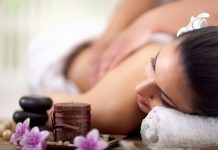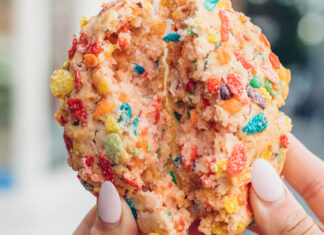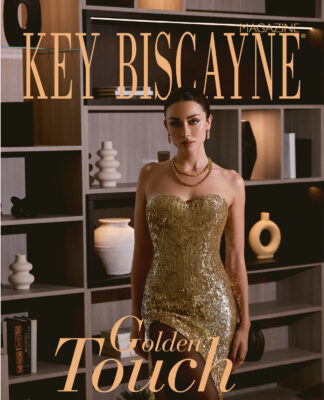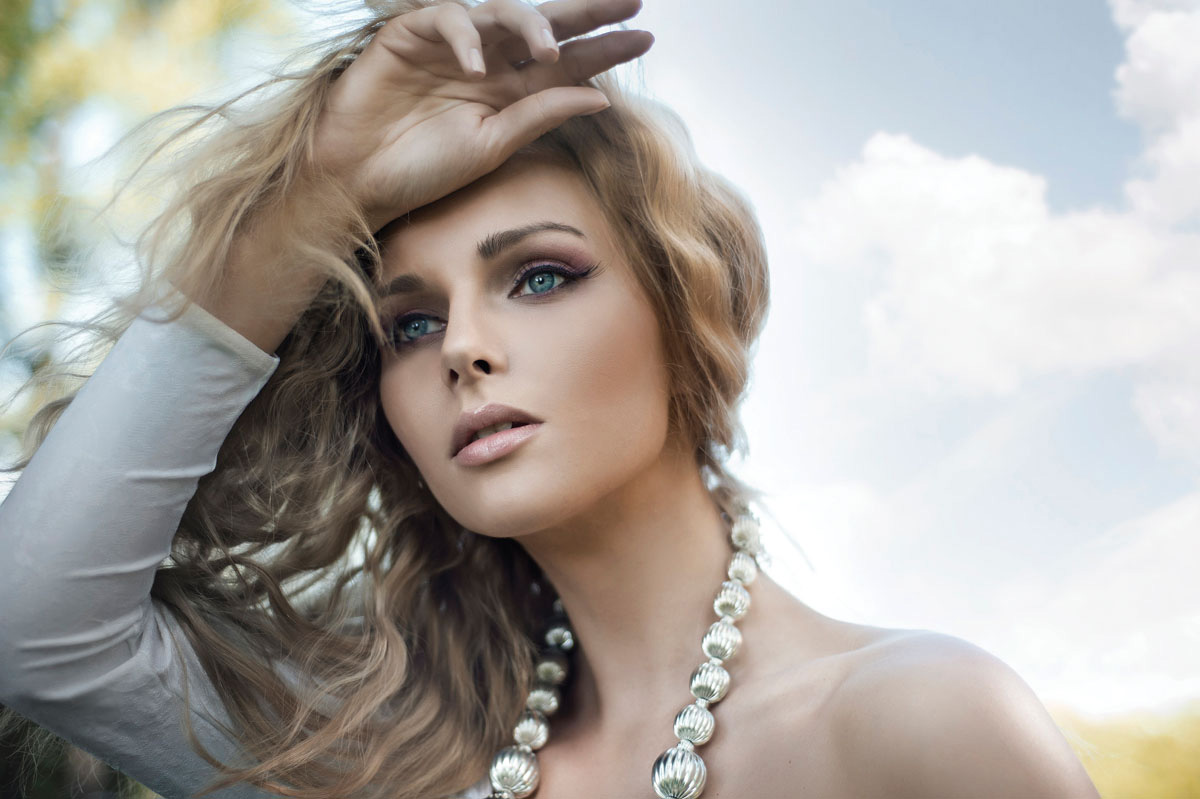 By definition, beauty is the quality present in a thing or person that gives intense pleasure or deep satisfaction to the mind. So indeed beauty is in the eye of the beholder. Determining what makes something beautiful is a personal preference, however, as a society we have chosen certain characteristics that are generally accepted as beautiful.
By definition, beauty is the quality present in a thing or person that gives intense pleasure or deep satisfaction to the mind. So indeed beauty is in the eye of the beholder. Determining what makes something beautiful is a personal preference, however, as a society we have chosen certain characteristics that are generally accepted as beautiful.
Dating back to ancient times, The Egyptians created cosmetics to keep their skin wrinkle-free and also made perfumes, which served as one of the main sources of pleasure for them. They coated their skin with oils and honey to keep it moisturized and radiant. They even applied primitive forms of makeup to their eyes and darkened their lashes.
For the Greeks, pale skin was the ultimate feature of beauty. The women would rub chalk on their skin to lighten their complexion, and any other makeup was minimal. They would also lighten their hair by adding vinegar to it and sitting in the sun. Afterward, they infused their sunkissed locks with olive oil to leave their hair soft and shiny.
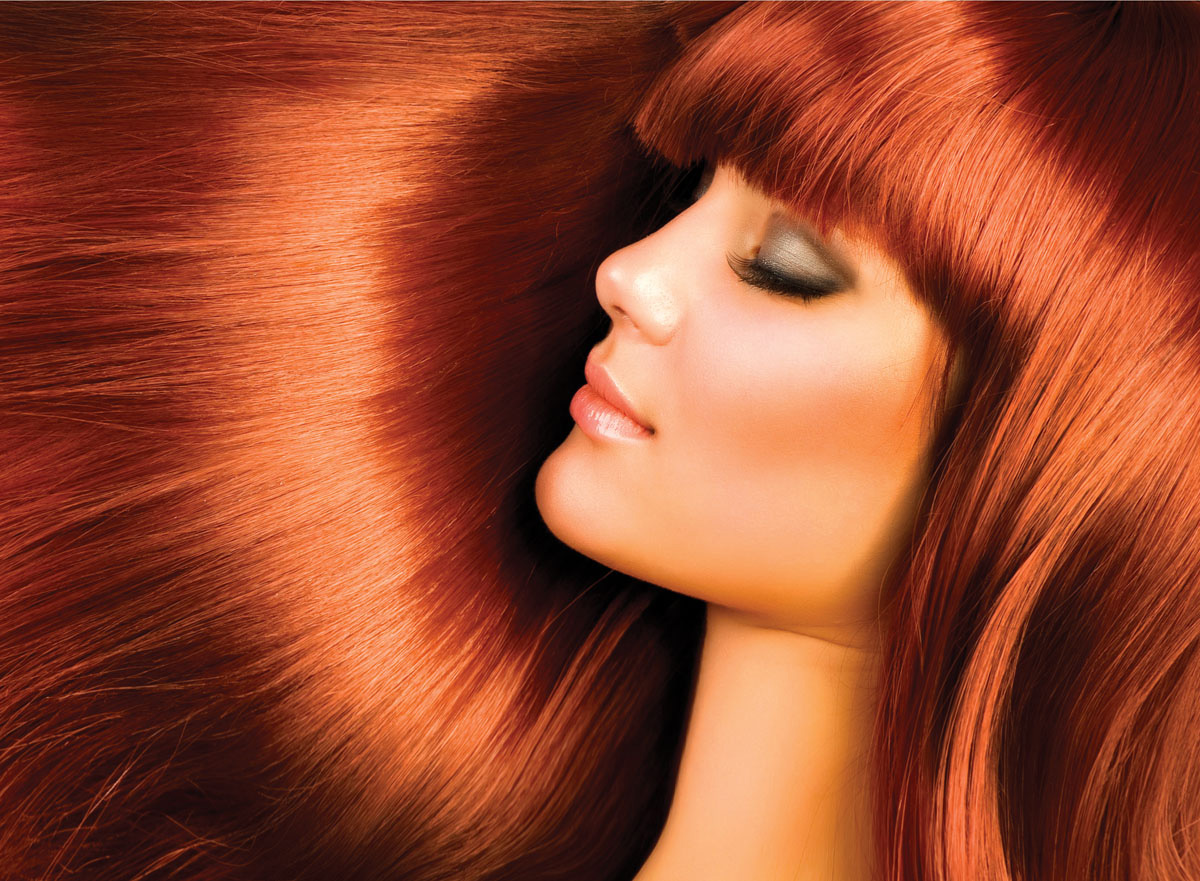 Fast-forward to the 1400s and The Renaissance, a time in history where carrying around a few extra pounds was ideal. The women depicted in the art of this time are a far cry from the slim Egyptian’s in hieroglyphs or even the models of today’s magazines covers and runways. The Renaissance was a different time where a woman’s beauty was embraced as it was made to be — curvy, soft, graceful and natural.
Fast-forward to the 1400s and The Renaissance, a time in history where carrying around a few extra pounds was ideal. The women depicted in the art of this time are a far cry from the slim Egyptian’s in hieroglyphs or even the models of today’s magazines covers and runways. The Renaissance was a different time where a woman’s beauty was embraced as it was made to be — curvy, soft, graceful and natural.
In the 1950s and ‘60s, the image of beauty was personified by Marilyn Monroe. The blonde, voluptuous, flirty starlet embraced sexuality. She was the object of many desires and she played up her sexuality at any chance. She became an icon of beauty and a heroin for many women because she wasn’t afraid to be herself. By today’s standards, she wasn’t slim, and neither was Canadian Model Babette March, who was on the first cover of Sports Illustrated’s Swimsuit Edition released in 1964.
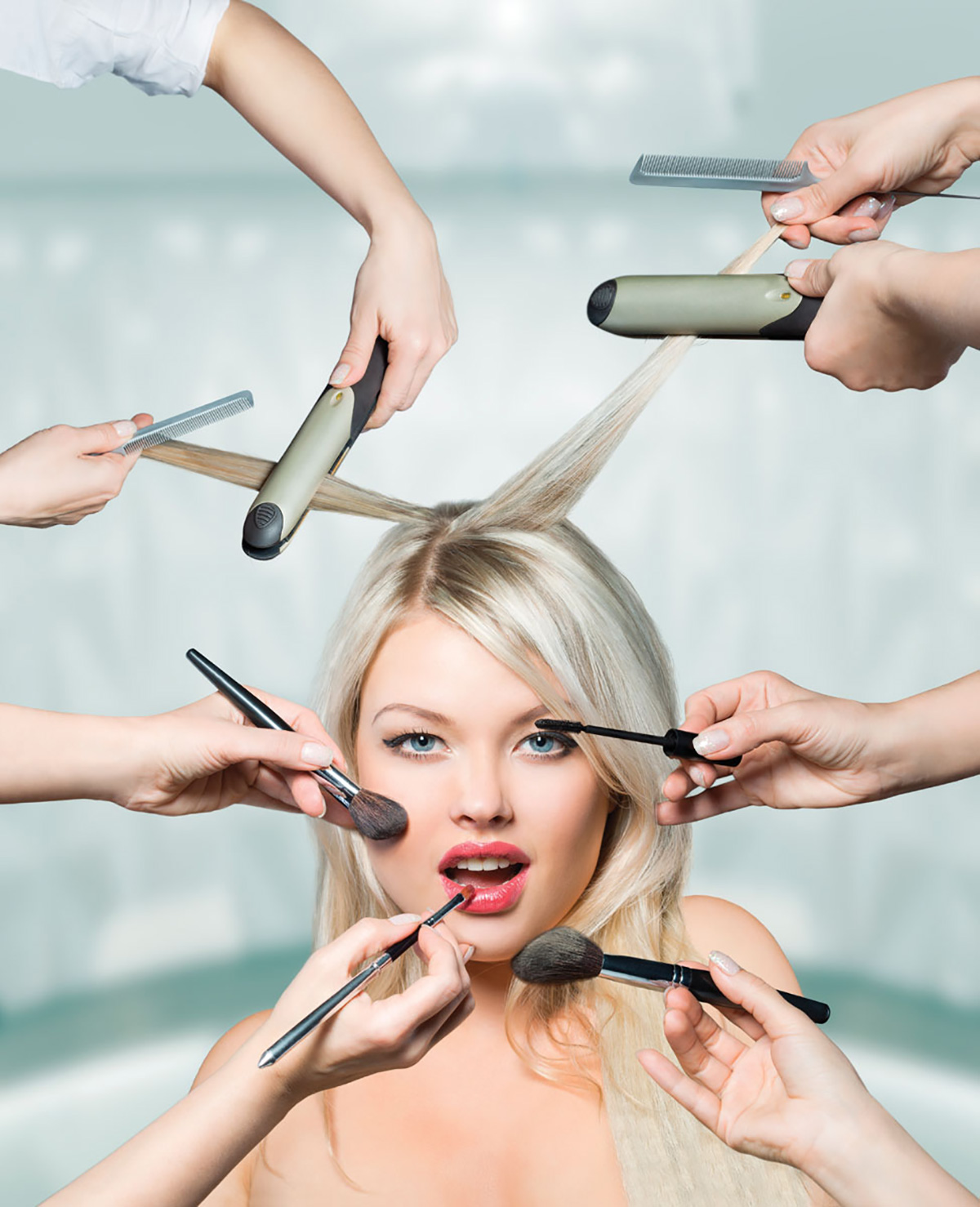 By the ‘80s and ‘90s, the clothing featured in magazines were a lot more revealing and provocative, and the models were slimmer, yet had more curves. The plastic surgery phenomenon was getting off the ground and breast augmentation was becoming a very popular procedure. Swimsuit models started to become very popular, and the bigger their bust got, the smaller their waste appeared. Tummy tucks and liposuction began to become routine procedures for many women.
By the ‘80s and ‘90s, the clothing featured in magazines were a lot more revealing and provocative, and the models were slimmer, yet had more curves. The plastic surgery phenomenon was getting off the ground and breast augmentation was becoming a very popular procedure. Swimsuit models started to become very popular, and the bigger their bust got, the smaller their waste appeared. Tummy tucks and liposuction began to become routine procedures for many women.
In recent years, permanently changing your features has become more and more popular, not only for aesthetic reasons, but for “up-keep” purposes as well. Angela Carmona, a hairstylist at RikRak, which caters to trendsetters and an upscale clientele, agrees there’s a quick fix for anything you might not like about yourself. “If you want straight hair, you do a treatment,” she says. “If you have thin lips, you get injections. In today’s world, you can basically fix anything you aren’t happy with.”
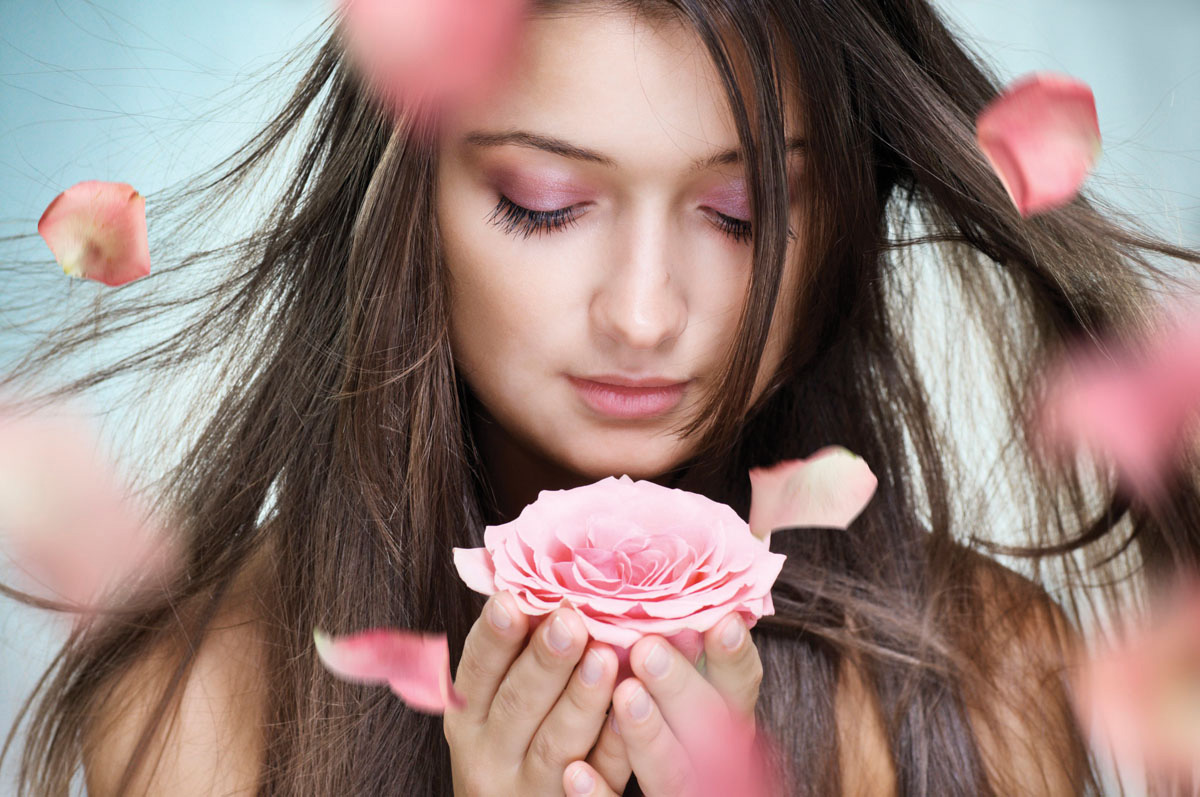 However, Allee Newhoff, Director of TV & Film for Elite Models, says the pressure to be beautiful isn’t just physical. “Since modeling often starts with very young ladies, we try to encourage our clients to maintain healthy attitudes about their beauty and body,” she says. “Since it takes more than physical beauty in this day and age to make it, our models need personalities as well as intellectual beauty — in fact, beauty is a light that shines from a combination of factors: physicality, spirituality, confidence, relatability, intangibility, intelligence…and best of all, it is self-sufficient.”
However, Allee Newhoff, Director of TV & Film for Elite Models, says the pressure to be beautiful isn’t just physical. “Since modeling often starts with very young ladies, we try to encourage our clients to maintain healthy attitudes about their beauty and body,” she says. “Since it takes more than physical beauty in this day and age to make it, our models need personalities as well as intellectual beauty — in fact, beauty is a light that shines from a combination of factors: physicality, spirituality, confidence, relatability, intangibility, intelligence…and best of all, it is self-sufficient.”
Ageless Beauty No matter what historical time period you look at, the idea of beauty has existed — even if the factors that define it have changed throughout the years.
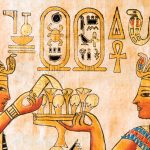 3150 BC
3150 BC
Ancient Egypt created hair extensions, exfoliants, anti-wrinkle cream, as well as methods for the elimination of stretch-marks, halitosis and unpleasant body odors. All this in an effort to make its citizens more desirable.
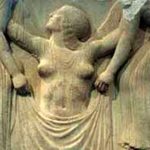 750 BC
750 BC
Aphrodite, the Greek goddess of beauty, love and pleasure, had the gods fearing that jealousy would interrupt the peace among them and lead to war. Thus, Zeus married her to Hephaestus, ironically considered the ugliest of the gods.
 1400s-1700s
1400s-1700s
The Renaissance was a time where a few extra pounds was celebrated. Curvier women were considered the image of beauty, more than at any time in history. Images of women in art are noticeably a few pounds heavier than today’s cover models.
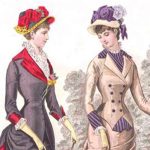 1830s-1900s
1830s-1900s
The Victorian Era was a time of opposite extremes. Women wore minimal makeup and their hair pulled back, and corsets were used to extreme measures, often making it hard for women to breathe and keep their ribs from cracking.
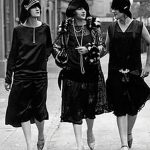 1920s
1920s
Everyone in this decade wanted to emulate the stars of Old Hollywood. Women were just beginning to purchase cosmetics on a regular basis and red lipstick was a must-have product — even if it was the only color available.
 1960s
1960s
Twiggy is considered one of the world’s first supermodels. With an extremely thin look, she made people think of thin as beautiful and helped shape American society’s image of beauty for decades to come.
 1990s-Present
1990s-Present
Cosmetic surgery now allows you to achieve your personal idea of beauty, regardless of how warped it may be. From laser hair removal to breast augmentation, injectables and hair implants, there’s a quick fix for just about anything.


